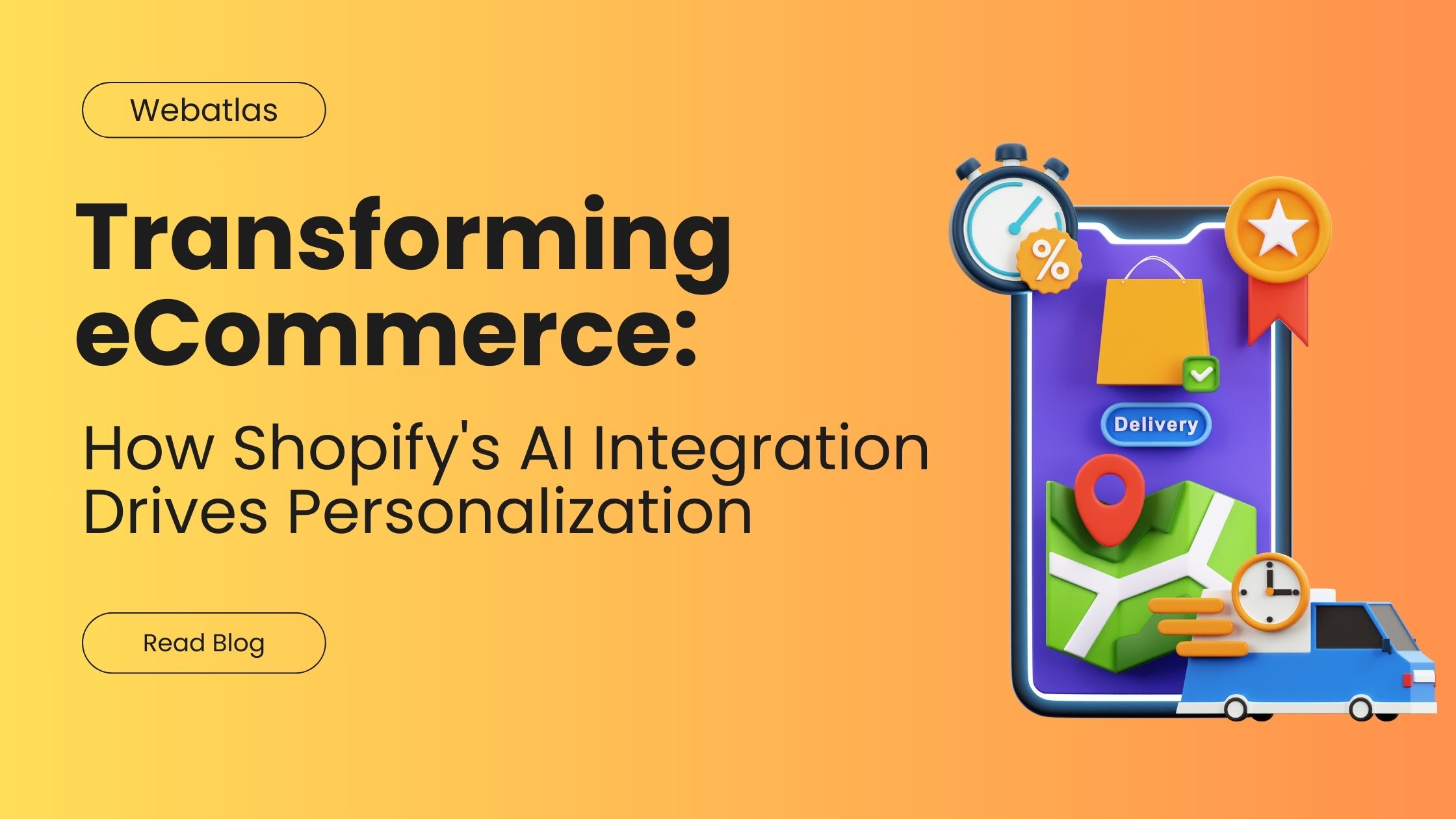Top 10 JavaScript Frameworks for Developers: How to Pick the Perfect One in 2025

JavaScript continues to dominate the world of web and mobile app development, offering an array of frameworks that simplify coding and enhance functionality. With so many options available, choosing the right JavaScript framework for your project can feel overwhelming. As we head into 2025, the demand for high-performance, scalable, and maintainable applications is more critical than ever. Whether you’re building a simple website or a complex mobile app, picking the right framework will be pivotal to your project’s success.
In this guide, we’ll break down the top 10 JavaScript frameworks for 2025, highlighting their features, pros, and cons to help you make an informed decision. We’ll also share how Webatlas, a leader in React Native development, can help you leverage the best frameworks for your mobile app and provide exceptional software testing services to ensure quality and performance.
1. React
React is an open-source JavaScript library maintained by Facebook that has gained massive popularity for building user interfaces, especially single-page applications (SPAs). React’s component-based architecture allows developers to create reusable UI components, enhancing the development process’s efficiency.
Pros:
- High-performance due to virtual DOM
- Reusable components for faster development
- Huge developer community and extensive ecosystem
- Strong integration with other libraries and frameworks
Cons:
- Not a full-fledged framework, often requires additional libraries for routing and state management
- The learning curve for beginners can be steep
Best Use Cases: Building dynamic and responsive web applications, especially SPAs.
2. Angular
Developed by Google, Angular is a full-featured JavaScript framework designed for building enterprise-scale web applications. It offers two-way data binding, dependency injection, and a suite of built-in tools for comprehensive development.
Pros:
- Full-featured, all-in-one framework
- Two-way data binding improves real-time updates
- TypeScript integration enhances code quality and maintainability
- Excellent documentation and active community support
Cons:
- Steeper learning curve compared to other frameworks
- Can be heavy and complex for smaller projects
Best Use Cases: Large-scale enterprise applications, data-driven platforms, and real-time applications.
3. Vue.js
Vue.js is a progressive JavaScript framework that’s easy to integrate into projects. Known for its simplicity and flexibility, Vue allows developers to incrementally adopt its features without overhauling their entire architecture.
Pros:
- Easy learning curve and excellent documentation
- Lightweight and flexible
- Two-way data binding
- Great for small to medium-sized applications
Cons:
- Smaller community compared to React or Angular
- Limited corporate backing, which can sometimes affect long-term stability
Best Use Cases: Small to medium-sized applications, progressive web apps, and when quick development cycles are needed.
4. Svelte
Unlike traditional frameworks that rely heavily on the virtual DOM, Svelte compiles code to optimized JavaScript during build time, making it incredibly fast. It’s gaining traction for its simplicity and remarkable performance.
Pros:
- No virtual DOM, resulting in faster performance
- Very low learning curve
- Less boilerplate code compared to other frameworks
- Small bundle sizes
Cons:
- Smaller ecosystem and community
- Limited corporate adoption compared to other frameworks
Best Use Cases: Small applications, interactive user interfaces, and apps with strict performance requirements.
5. Next.js
Next.js is a React-based framework built for server-side rendering (SSR) and static site generation (SSG). It simplifies React development by offering features like automatic routing, optimized performance, and API routes.
Pros:
- SSR and SSG for improved SEO and performance
- Automatic routing
- Built-in image optimization and code splitting
- Strong support for static site generation
Cons:
- Limited flexibility when not following the prescribed conventions
- Requires understanding both React and Node.js
Best Use Cases: Static websites, server-side rendered applications, and SEO-focused projects.
6. Nuxt.js
Nuxt.js is a framework built on top of Vue.js, offering a strong suite of features for server-side rendering and static site generation, similar to Next.js but with Vue at its core.
Pros:
- SSR and static site generation capabilities
- Pre-configured to follow best practices
- Modular architecture simplifies development
- Extensive ecosystem and community
Cons:
- Can feel opinionated, limiting flexibility
- Learning curve for complex projects
Best Use Cases: SEO-friendly applications, static websites, and Vue.js projects requiring server-side rendering.
7. Ember.js
Ember.js is a mature JavaScript framework designed for ambitious web applications. It follows the “convention over configuration” principle, meaning much of the architecture is predetermined, which can simplify complex projects.
Pros:
- Strong conventions and best practices built-in
- Great for large-scale applications
- Two-way data binding and a powerful templating engine
- Long-term stability due to strong community support
Cons:
- Larger file sizes compared to newer frameworks
- Can feel restrictive due to opinionated structure
Best Use Cases: Complex, feature-rich applications with a long development lifecycle.
8. Backbone.js
While not as modern as some other frameworks, Backbone.js offers simplicity and flexibility for developers looking for a minimalistic solution. It provides the essentials, such as models, views, and collections, allowing developers to structure their code without too much overhead.
Pros:
- Lightweight and flexible
- Can be integrated with other libraries
- Great for small, simple applications
Cons:
- Lacks built-in tools like data binding or component structure
- Limited community and ecosystem compared to modern frameworks
Best Use Cases: Small projects, legacy applications, or applications needing minimal overhead.
9. Meteor.js
Meteor.js is a full-stack JavaScript framework that integrates both front-end and back-end development, making it a powerful tool for real-time applications. It supports React, Vue, and other libraries, offering flexibility for developers.
Pros:
- Full-stack capabilities
- Real-time data updates
- Easy integration with popular frameworks like React and Vue
- Fast prototyping capabilities
Cons:
- Can become bloated for large applications
- Smaller community compared to React or Angular
Best Use Cases: Real-time applications, chat apps, and collaborative platforms.
10. Mithril.js
Mithril.js is a lightweight framework that’s great for creating SPAs. It offers simple, straightforward tools for routing and component management, making it ideal for projects that need performance without the overhead of larger frameworks.
Pros:
- Extremely lightweight
- Fast rendering and minimal boilerplate code
- Built-in routing and XHR utilities
Cons:
- Smaller community and ecosystem
- Fewer built-in features compared to larger frameworks
Best Use Cases: Small to medium-sized SPAs, lightweight applications where speed is critical.
Choosing the Right JavaScript Framework for Your Project in 2025
When deciding which JavaScript framework to choose for your project in 2025, it’s essential to consider the following factors:
- Project Size and Complexity: For large-scale applications with complex functionality, frameworks like Angular or Ember.js may be ideal due to their comprehensive toolsets. For smaller projects, consider lighter options like Vue.js or Svelte.
- Performance Needs: If speed and performance are your top priorities, Svelte or Mithril.js may be the best fit. For SEO and server-side rendering, frameworks like Next.js or Nuxt.js shine.
- Community and Support: React, Angular, and Vue.js have large developer communities, meaning you’ll have access to numerous resources, plugins, and support.
- Learning Curve: Some frameworks, like React and Vue.js, have a lower learning curve, making them more accessible to beginners, while others like Angular or Ember.js may take more time to master.
Expertise of Webatlas in React Native Development
At Webatlas, we specialize in providing top-notch React Native development services to businesses looking for robust, cross-platform mobile applications. With React Native, we build apps that feel native, offering superior performance and seamless integration with mobile devices. Our developers have years of experience in mobile app development, making Webatlas a trusted partner for businesses aiming to create cutting-edge applications.
Additionally, Webatlas excels in software testing services to ensure that your app is not only functional but also bug-free, reliable, and optimized for performance. Our comprehensive testing process covers both manual and automated testing, ensuring your app meets the highest quality standards before going live.
Conclusion
Choosing the right JavaScript framework is crucial for the success of your project in 2025. Each framework comes with its own strengths, and the decision should be based on your project’s specific needs, complexity, and long-term goals. Whether you’re leaning towards React Native for mobile app development or considering a lightweight framework like Svelte for a fast web application, picking the right tool can significantly impact the outcome.
With Webatlas’ expertise in React Native development and their dedication to providing reliable software testing services, you can be confident that your project will be developed using the best technology stack to meet your business goals.
FAQs
What is the best JavaScript framework for mobile app development?
React Native is a top choice for mobile app development, offering cross-platform capabilities and near-native performance.
Which JavaScript framework is easiest to learn?
Vue.js is widely considered one of the easiest frameworks to learn due to its simplicity and flexibility.
Is React Native a good choice for 2025?
Yes, React Native continues to be a powerful choice for building mobile apps due to its cross-platform support, performance, and large community.
Can Webatlas help with JavaScript framework selection?
Absolutely! Webatlas has expertise in various JavaScript frameworks and can guide you in choosing the best one for your specific project needs.
Why is software testing important for JavaScript frameworks?
Software testing ensures that your application runs smoothly, is free from bugs, and offers a seamless user experience, which is critical for the success of any project.
Recent Post
Let's talk about your project, or just come and say hello!
Webatlas Technologies is the fastest growing web and mobile app development company



